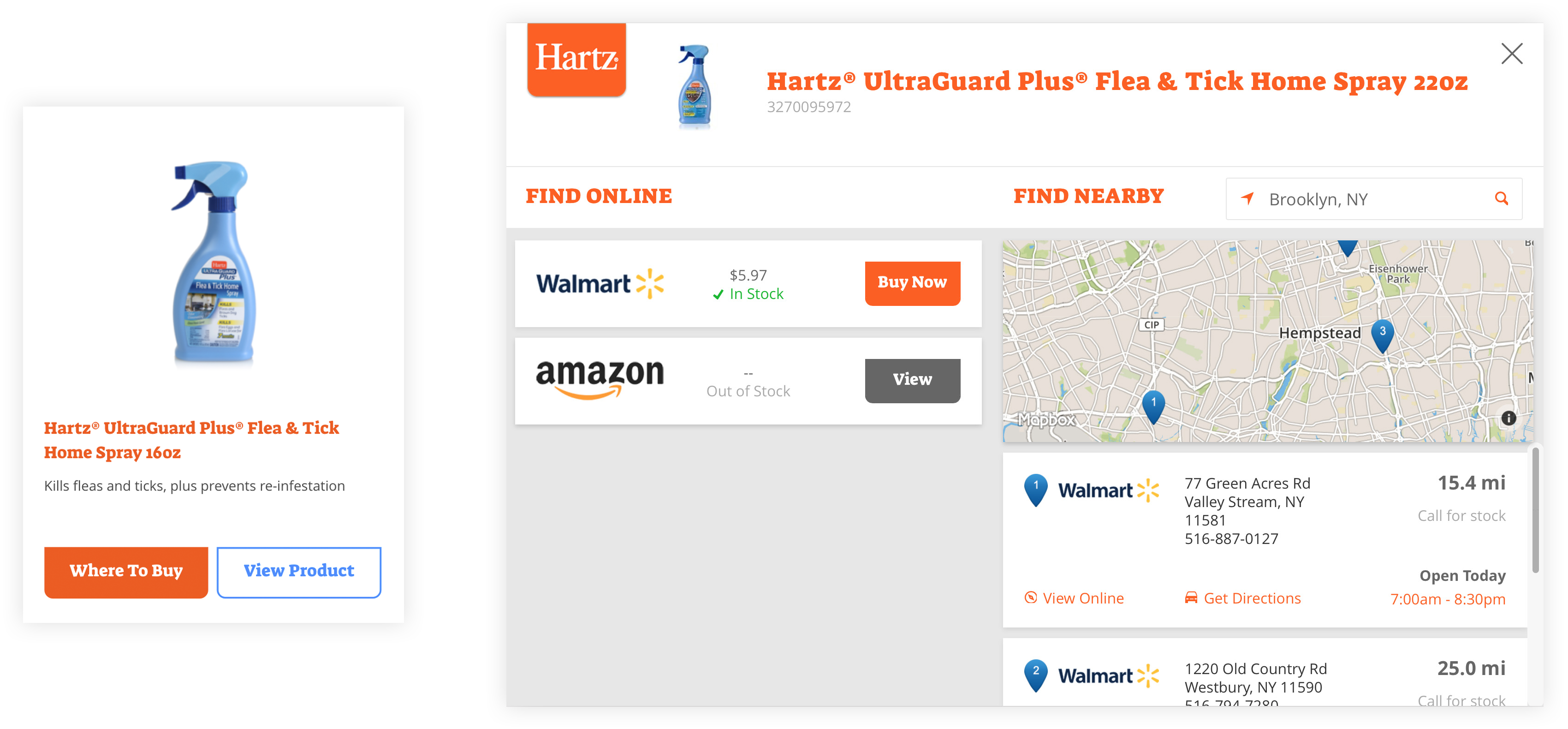1. Context & Problem
- Hartz develops and distributes a variety of food, medicine and toys for dogs, cats, birds, reptiles, fish and other small animals.
- With a total of 15 brands, multiple sub-domains and stand-alone pages for professionals, Hartz re-launched a newly redesigned website unifying all their properties.
- However, traffic dropped 80% after the relaunch.
- Therefore, Hartz tasked us to evaluate and optimize every issue we found.
2. What We Did
- Interviewed 10 pet owners.
- Audit of website information architecture, usability heuristics, design, ADA compliance, SEO, marketing and social media channels.
3. Key User Behavior Findings
- We google articles about petcare to learn how to take care of them.
- We value veterinarian advice even as long-time pet carers.
- We take care of our pets like our children and become desperate for solutions when problems arise.
- We are often too busy to find time for long pet exercises and activities.

Our kitten seems healthy, but are we doing everything we need to be doing?

I would like to take better care of Vader, I am just having trouble finding the time.

I think my pets are doing well. I wonder what else I could do for them...
4. Key Audit Findings
1. Organic search drives most traffic, especially for instructional articles which also appear as Google answer boxes.
2. Search does not support certain queries by users such as coupons, SKUs and articles. Blank queries were also recorded and are likely a result of the feature behaving unexpectedly or looking strange.
3. Empty pages not communicating no content is available, leading users to search for those pages again.
5. Recommendations
Richer and easier to digest product information for awareness and self service.
- List product variations in table format to compare specification differences.
- Show items next to familiar items to visually estimate item size.
- Publish crucial product information for reference and education.
- Introduce targeted, seasonal articles to educate pet owners.

Track issues encountered by customers throughout the pet-ownership lifecycle.
- Organize editorial schedules around customer issues.
- Categorize articles around common issues and topics.

Optimizing pathways to find products by mapping and linking to physical and online stores.
- Monitor search results to make sure queries return accurate products.
- Mapping and linking to stores carrying respective products.

6. Results & Learnings
+750%
Organic Traffic
+107%
Newsletter Signup
In contrast to the usually siloed team approach, this project allowed us to collaborate in real time with other teams to analyze data and generate recommendations. This approach created much deeper, informed and impactful solutions. Personally, I had the chance to expand my Google Analytics skills by diving into the metrics with the CRO team and using metrics to complement information architecture decisions.
An area of the project requiring more resources were the consistent listing of products and generation of useful content for them. With limited resources, thet team was able to build a guide and spreadsheet with examples to kickstart the process for the client to complete on their own.
7. Reference Material
For a deep dive into the project, please reference the following links:






